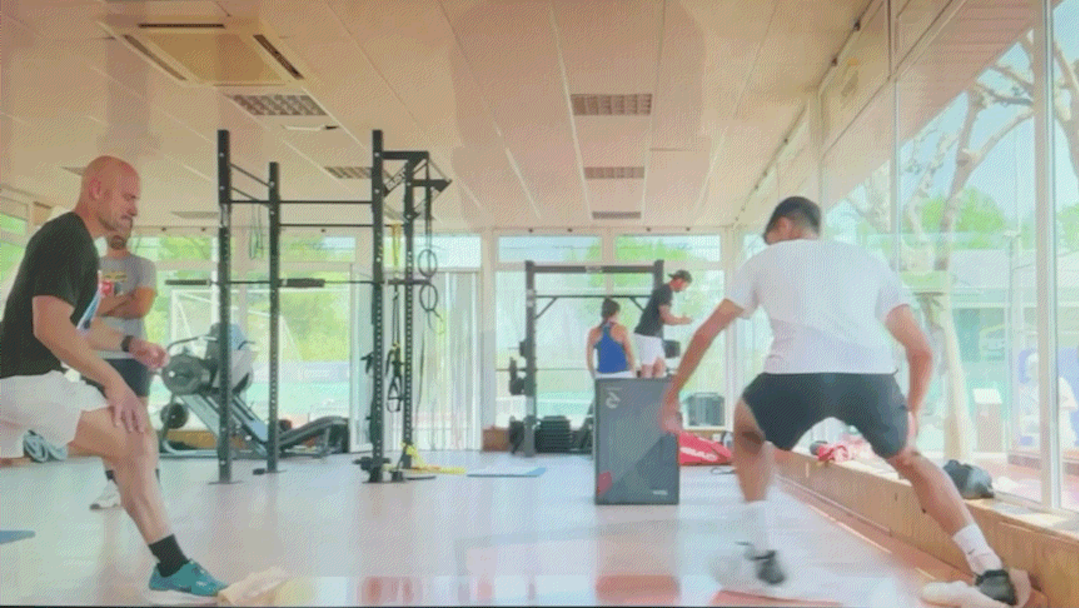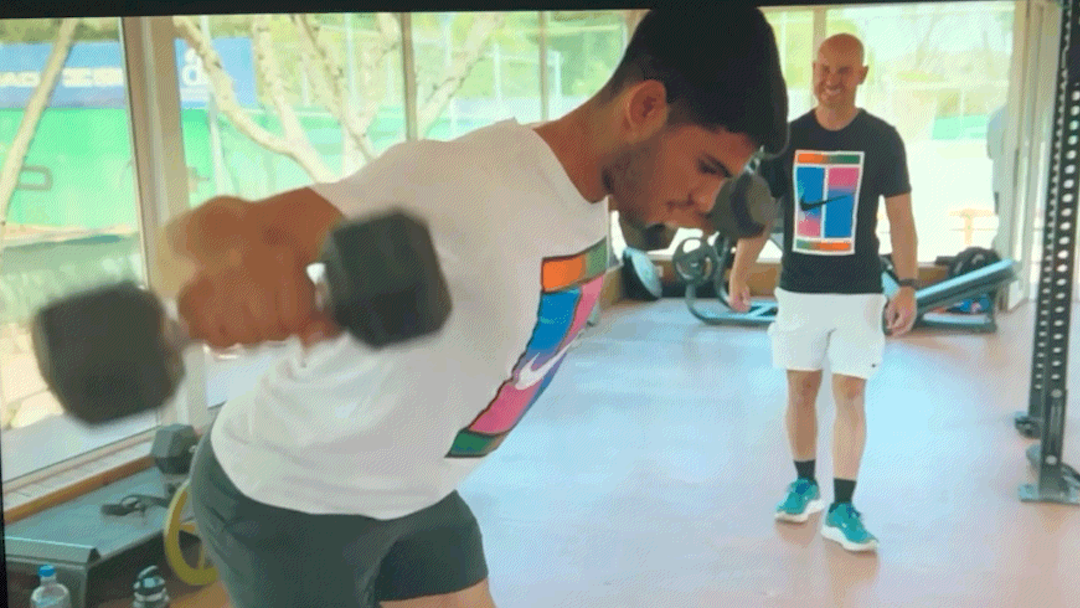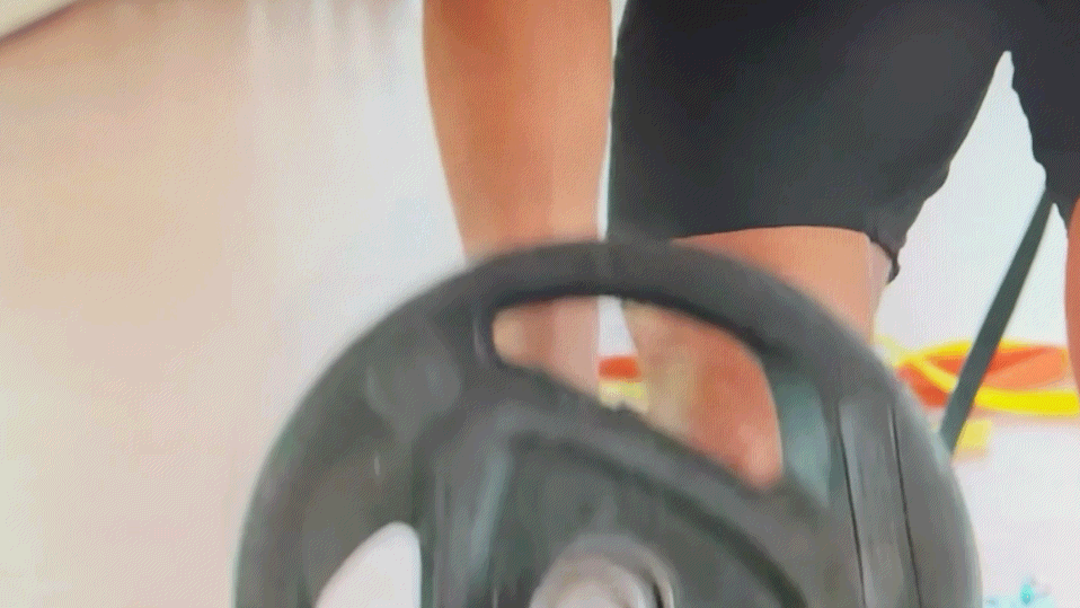This week’s featured training technique once again comes from the Netflix docuseries Carlos Alcaraz: My Way. In addition to inside access to the up-and-coming player, the show also delivers a fascinating glimpse into the workouts behind one of tennis’s most dynamic athletes. As relayed in last week’s post, I believe recreational players can adopt many of the same training methods as the pros to enhance their own games. The spotlight today is a split squat cable row, which is a multifaceted exercise that builds both lower-body stability and upper-body strength.
The split squat cable row is a compound exercise particularly effective for tennis players who need coordination, balance, and power. The movement uses a single handle attached to a low or mid-height pulley on a cable machine. The trainee stands facing the machine with one foot stepped back into a split stance, similar to the starting position of a lunge. The cable handle is held with the hand opposite the forward leg, with the knee bent at about 90 degrees. The back leg remains extended with the heel off the ground.
From that position, the trainee lowers into a split squat, maintaining an isometric hold throughout the exercise. When returning from the squat, a row is performed, pulling the cable handle backwards with the elbow close to the body. The handle is returned to the starting position when the next squat is performed.
While Alcaraz only appears on screen performing this exercise for a very short time, the following animated gif from the show is a good illustration of the movement.

The split squat cable row not only targets the back, arms, and shoulders through the rowing motion but also works the glutes, quads, and core through the static lower-body hold. The exercise mimics the athletic demands of tennis, especially when it comes to maintaining stability and generating force while in motion. It can be easily modified by adjusting the cable height, resistance, or the depth of the squat, making it accessible and scalable for players of all levels. Additionally, the split squat cable row can be performed using a resistance band for players without immediate access to a cable machine.
Incorporating the split squat cable row into your training routine is a smart way to build functional strength that directly translates to better performance on the court. It reinforces the kind of body control and power generation that tennis players like Carlos Alcaraz rely on when competing. Whether you’re an elite player or a weekend warrior, the underlying principles remain the same. Tennis rewards strength, balance, and coordination. This exercise delivers all three.



